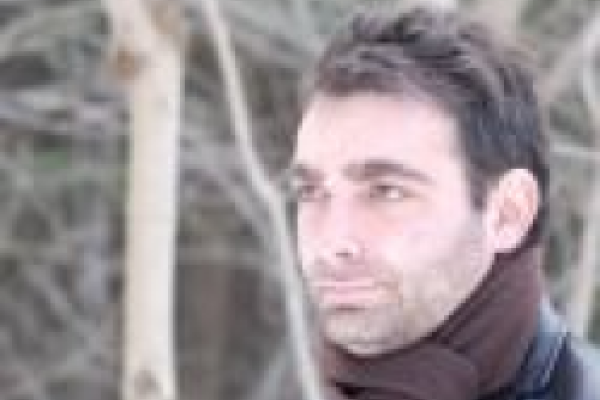
Recent progress in microwave quantum optics and superconducting qubits has made the creation of strongly correlated--and even topologically ordered--states of photons a real possibility. Many of these states are gapped and exhibit anyon excitations, which could be used for a robust form of quantum information processing. In this talk, I present the three key concepts necessary for generating a fractional quantum Hall state of photons in a superconducting qubit array. I first review how the exact lowest Landau level of the continuum can be reconstructed in a lattice with longer ranged hopping beyond nearest neighbors. Following that, I describe a proposal for implementing the complex hopping terms necessary to simulate an artificial gauge field. Schemes of this type are not based on the quantization of 2e and are thus free of charge noise effects. Finally, I show that an auxiliary "shadow" lattice of qubits with a rapid decay rate can protect the quantum state of the primary quantum simulator through a form of passive error correction, holding it in or near the Laughlin state for arbitrarily long times without action from an external observer. All the mechanisms I describe here can be implemented with current technology, suggesting that fractional quantum Hall states of light could be within reach.
